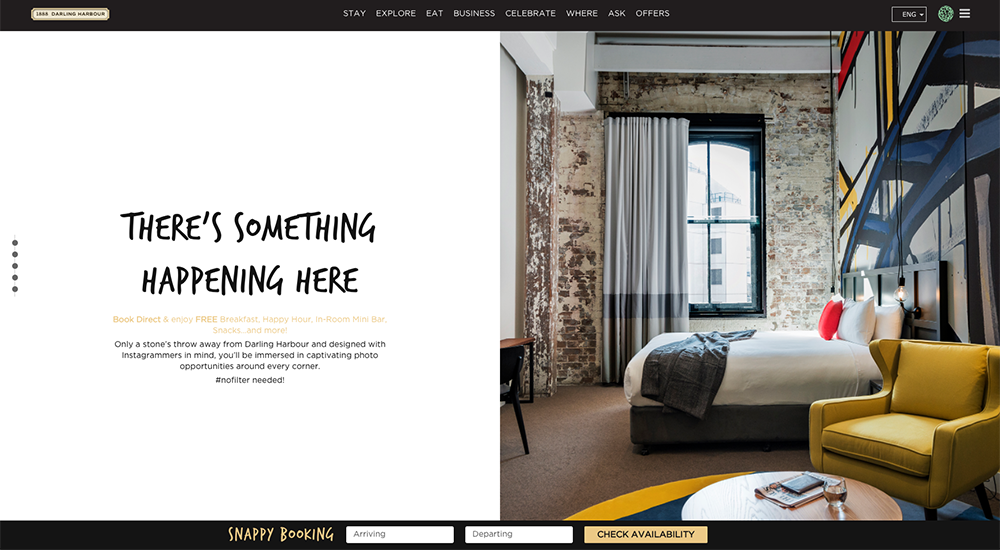Guerilla Marketing Through Facebook Advertising
To some, April represents a race against the clock and scrambling to file taxes. To others, it equates to tax rebates and impromptu purchases. To hoteliers, it symbolizes struggle: the struggle to capture lost revenue resulting from mud season; the slow wait for the snow to melt and trails to dry. The solution? Connect consumers and their new-found disposable income with hoteliers looking to put heads in beds. The results of seasonal transitions are thoroughly understood by GCommerce. As residents of a resort town working with multiple hotels and resorts who must face the challenges of operating around seasonal traffic, we understand the trials and tribulations associated with putting heads in beds during these downturns in traffic. To ensure low cost-per-acquisitions (CPAs) and high return-on-investments (ROIs), hoteliers must ensure their marketing efforts are efficient. The ability to advertise on a cost-per-click (CPC) or cost-per-1000-impression (CPM) model, with both costs well below that of display advertising or media buys, allow hoteliers to deliver on the aforementioned objective. To date, GCommerce has seen an average ROI of 40-to-1 on Facebook Advertising campaigns.
FACEBOOK ADVERTISING: BUILDING YOUR NEXT GUERILLA MARKETING CAMPAIGN
Step 1: Match Need Periods to Upcoming Events
To the Tivoli Lodge, an iconic mountain town property, summer and winter mean high occupancy and a high ADR. Spring and fall however, equate to lower occupancy and a struggle to capture minimal market share. Crossmatching need periods with local events, those that put heads in beds, allow properties to combat seasonal lows.
Step 2: Determine Interest Surrounding Upcoming Events
Once a comprehensive list of upcoming events has been identified, determine what, if any garner enough buzz to be identified as an Interest on Facebook. Using Facebook’s Detailed Targeting tool, we’ve identified that the following Vail events garner enough traffic to build a campaign around – Vail Film Festival and Bravo! Vail Music Festival.

Step 3: Create an Informative Landing Page
A successful landing page will educate site visitors, providing thorough details about the event, and engage your audience, beautifully illustrating the experience that awaits.
Step 4: Develop Ads with Relevant Imagery and Copy
An eye-catching, vibrant image is a must. As our attention spans dwindle, it is imperative to capture the attention of those scrolling through their news feeds. Similar to your landing page, the ad should provide event details, yet focus on selling the experience to come rather than the product at hand. Your words must send your reader into a daydream, allowing them to imagine themselves at the event, as well as the experience they’ll have while staying at your property.

Step 5: Launch Your Campaign!
Satisfied with your landing page? Do your ads provide engaging imagery and captivating content? If your answer to both is yes, then you’re ready to launch your campaign! GCommerce recommends the utilization of conversion tracking through Facebook and custom URLs developed through Google’s URL Builder to track key data via Analytics. Challenged with need periods resulting from seasonal transitions? Look to Facebook Advertising to execute guerilla marketing efforts by targeting local events and attractions as a way to increase awareness, drive qualified traffic to your site, and capitalize on your new-found prospects. Questions? Concerns? Allow us to help launch your next campaign!









